How to Choose the Best eCommerce Platform for Your Business? | What is an eCommerce Platform?
Published Date: |
Updated Date:
What is an eCommerce platform, and how do I know I’m choosing the right one? Make an informed decision with this quick-guide to shopping for an eCommerce platform.
This article is Part 1 of 3 in our product comparison guide for WooCommerce vs. Shopify.
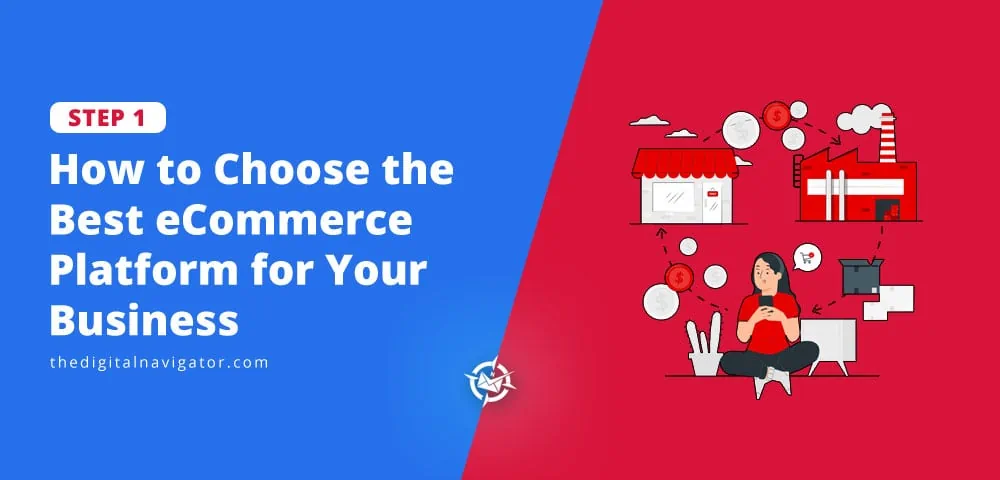
Without a better understanding of how you can actually elevate your productivity with an eCommerce store, you may feel as if you’re flying blind. Ideally, you need an eCommerce platform that works for you.
What is an eCommerce Platform?
An eCommerce platform is an online marketplace that allows trade between the customers and sellers.
As a seller, you can build an eCommerce store, add products, promote them and generate sales online.
For example, suppose you want to sell shoes online. An eCommerce platform enables you to enter into the online marketplace, build your store, and sell shoes made by your company.
From there, you can also add various payment methods, shipping options, and application program interfaces (also known as APIs…or what connects computers to the eCommerce program) to enhance the overall user experience.
4 types of business that need an eCommerce platform | Choosing an eCommerce Platform
1. Retail businesses:
Retail businesses with in-person operations will benefit greatly from connecting an eCommerce store to their existing web presence. This is a great way to expand business reach to a global audience, and to enter new markets with your unique product offerings.
What do we mean by retail? That’s any seller who sells physical B2B or B2C products.
An eCommerce store that works online will therefore boost your sales and marketing operations, and will decrease the time you spend processing individual transactions.
That way you can focus on creating the products that make your store great!
2.Small-scale manufacturers:
When you are a small-scale manufacturer, it can be difficult to hit the right pain points in your immediate area.
Targeting the right customer and connecting with people who need your manufactured products is key–and can be made a whole lot easier with the help of an eCommerce platform.
This type of platform also gives you the opportunity to describe your manufacturing process in great detail, and to add descriptions to each product to help boost sales, and even improve your SEO ranking.
That way you’ll easily be able to target audiences who are looking for a solution to their problems–solutions that your product easily solves.
3.IT service providers:
WooCommerce hosting is incredible for IT service providers without physical products to list in a store. That’s why service-based operations benefit so much from including eCommerce platforms into their sales operations.
eCommerce stores built with WooCommerce supports catalog building that you can easily send to prospective clients for efficient service management, and again decreases the amount of time you need to take catering those service offerings to different customers.
4.Content Creators:
Content creators are the bread and butter of any eCommerce platform.
Why? Because the products content creators sell are usually digital, and require some kind of digital medium to make sales, provide subscription options, or even develop course options for long-term users to benefit from.
They don’t often have storefronts to rely on, so eCommerce is the main way these creators make their money.
Content creators also rely a lot on marketing, so building an eCommerce store based on a platform like WooCommerce supports SEO efforts to boost your brand without a ton of extra work.
It’s also a great way to start thinking differently about your business by packaging certain products and services for customers to buy online.
eCommerce Platform Comparison | Choosing an eCommerce Platform
How do you know you’re getting the best eCommerce platform? As you’re shopping around to understand which eCommerce platform should I use, consider the following questions as you go:
-
Who has ownership of your eCommerce platform? What risks are you willing to accept?
When you select an eCommerce platform, be wary of the terms and conditions you agree to when signing up.
Some platforms may think your business is high risk, while others may simply want to reduce users who trade in a specific sector. When that happens, they can simply remove you.
That’s what we love best about eCommerce platforms like WooCommerce–whereas Wix, Shopify, and Kajabi can remove you at any time, WooCommerce’s open-source nature means you can continue using their code and work with developers to improve your store.
- High-risk industries to be wary of: regulated medicinal products (CBD, cannabis, pharmaceuticals, medical products, spiritual/personal development, religious or political digital marketing, tech support, cryptocurrency, or supplement products for health care.
-
Can users purchase products directly on your website?
You’ll really want to opt for a payment platform that keeps all transactions on your website. For instance, if you were to use tools like ThriveCart, Smartcart, Keap (Infusionsoft) or Ontraport, users will be transported to an external website.
When that happens, you could experience user drop-off as a result of less trust of these external platforms.
You’ll also reduce you ability to track those purchases as a part of your internal analytics, and may in fact become non compliant with your main site’s security regulations. Shopify and WooCommerce will for example keep all purchases directly on your website.
-
Does this platform allow your business to grow? Will you be able to implement scaled sales strategies in the future?
We frequently have clients who already have an eCommerce store set up, but who want to add new special offers or limited time product features after a customer makes a purchase.
Maybe they want to start an affiliate program, or track more sales with a new analytics tool. If the platform you choose is NOT adaptable, then you will be stuck with your original setup, meaning your sales growth may as well be stagnant.
Worse yet, you’ll have to start from ground zero anytime you want to make these critical adjustments that help you grow.
At The Digital Navigator, we always recommend getting a flexible, proven setup for your eCommerce store. That way you can add all the fun sales functionalities you want without tripping up on your old eCommerce system.
-
Does your chosen eCommerce platform support convenient, recurring payment options?
Content creators or site owners who offer membership or subscription options (or long-term service options) often want to provide month-to-month payment opportunities for their clients.
However, some platforms are limited in the variables you can choose. For example, maybe you want to offer free trials, or payment schedules that exceed 12 or 24 months.
No one wants to force their customers to cancel a subscription and sign up for a new plan when a new year rolls around.
We recommend WooCommerce again here, since it is an incredibly flexible platform for companies who intend to grow their offerings into subscription services down the line, but don’t have a gameplan for it yet.
There’s nothing worse than finding out you don’t have that functionality after you have your whole store set up!
-
Does your new eCommerce platform have a checkout system that integrates with the other systems you use?
Again, WooCommerce hits the nail on the head because it caters to WordPress clients with sites already hosted by WordPress.
However, when you are using external marketing programs – for instance MailChimp or Active Campaign – you want to make sure that those analytics are recorded.
If you are for example a content provider who needs to integrate product delivery, then you’ll want an eCommerce platform that supports that.
And what about accounting? WooCommerce is another winner here, as you can easily integrate with Quickbooks or Xero to automate sales transactions and invoice creation without endless hours of bookkeeping.
- BONUS: Does your eCommerce platform calculate taxes properly?
This is a key exploration you’ll have to make when you decide on a platform. For instance, we have a client in New Mexico that needs to comply with tax laws a few states over. Will your system be able to keep track of these margins? Will it make reconciliation of purchases easier on your accountant, or accountant software?
- BONUS: Does your eCommerce platform calculate taxes properly?
What are the most important features for eCommerce platforms? | What eCommerce Platform Should I Use?
At The Digital Navigator, we like to make sure our customers benefit from the best features available on their eCommerce platform. Because we are dedicated to WordPress however, we can speak best to the features available through WooCommerce.
According to our most successful clients however – and the feedback they’ve given us about WordPress and WooCommerce – here are the top seven features we think every eCommerce store should have to get more online sales, regardless of what platform they use:
Seven features your eCommerce store should offer | eCommerce Platform Comparison
- Customized check-out pages: Making advanced style checkouts that mimic the functionality and look of big-name checkout services like SamCart or Clickfunnels can have a huge impact on customer satisfaction when they start putting in their payment details.
- Subscription offerings: Using a service like WooSubscriptions gives businesses full creative freedom when it comes to product development, meaning they can be flexible with payment periods, amounts, sales, and trial offers–among other things.
- Integration with email marketing: We like to use ActiveCampaign Plus plan since it integrates really nicely with WooCommerce, and allows orders to sync. It also improves product organization since you can add specific tags, lists, and trigger email campaigns to customers who have purchased a specific product.
- Affiliate management capabilities: Whether you plan to, or are preparing to recruit affiliate offers through your page, having the capacity to do so will help you track affiliate referrals over the long run, and help you gain more connections with other affiliate brands in the future.
- Upsells and downsells: Our customers love the ability to make offers to customers AFTER they have entered their payment details and made their purchase. This is where limited time offers can have a real impact on purchasing behavior, and is another great way to increase sales and profits through high-selling products.
- Scheduled sales: This is a basic feature available in WooCommerce where you can schedule sale pricing ahead of time using start and end dates.
- Analytics: When you have good analytics integrations – even with private analytics tools – you’ll have more control over your next sales and marketing moves. You’ll see where customers are purchasing more, where they are not, and this can give you a real leg up in determining what’s been most successful on the eCommerce store. PS: if you don’t know the difference between private analytics and (say) Google analytics, this article should give you the insight you’re looking for!
Awesome! Now that you’ve familiarized yourself with the different features of eCommerce platforms for businesses who operate online, it’s time to compare the two most popular eCommerce platforms out there today: WooCommerce and Shopify.
Read more in part two of the article, WooCommerce vs. Shopify | eCommerce Comparison Guide, or if you’re short on time, entrust your eCommerce store management to a professional like The Digital Navigator!
This article is Part 1 of 3 in our product comparison guide for WooCommerce vs. Shopify. Once you’re finished reading, skip to Part 2: WooCommerce vs. Shopify | eCommerce Comparison Guide, or go ahead and read Part 3: WooCommerce vs. Three Popular eCommerce Platforms.


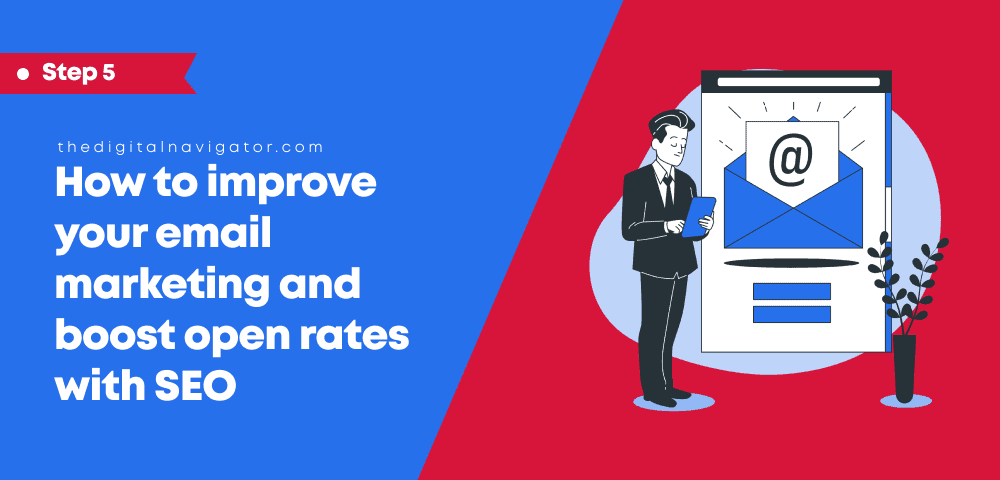
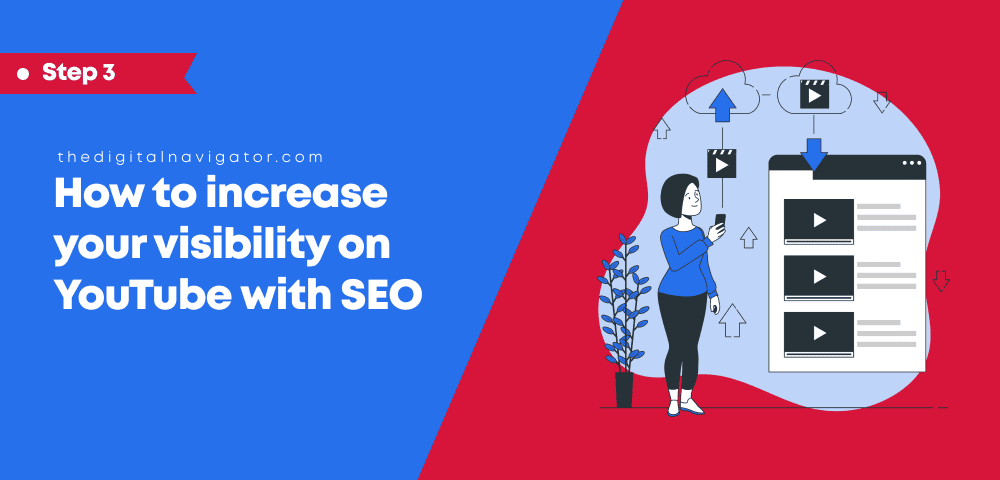
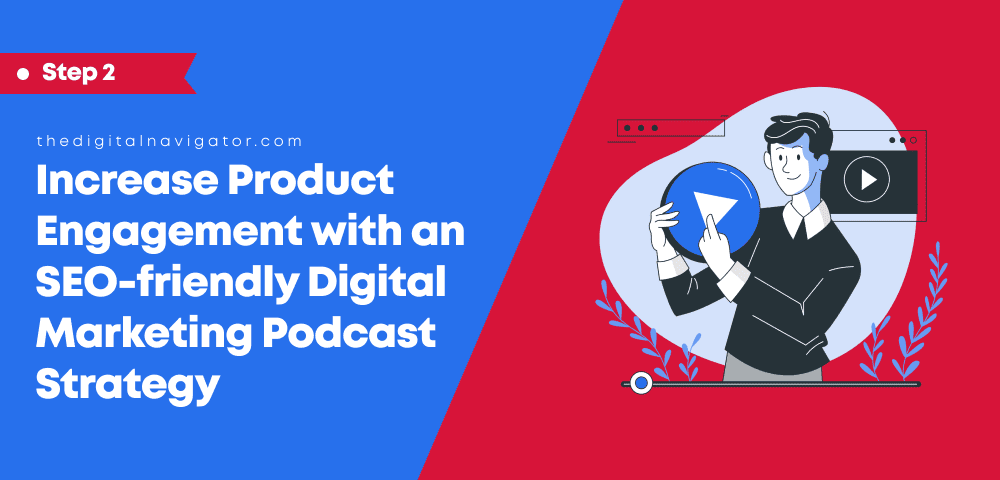
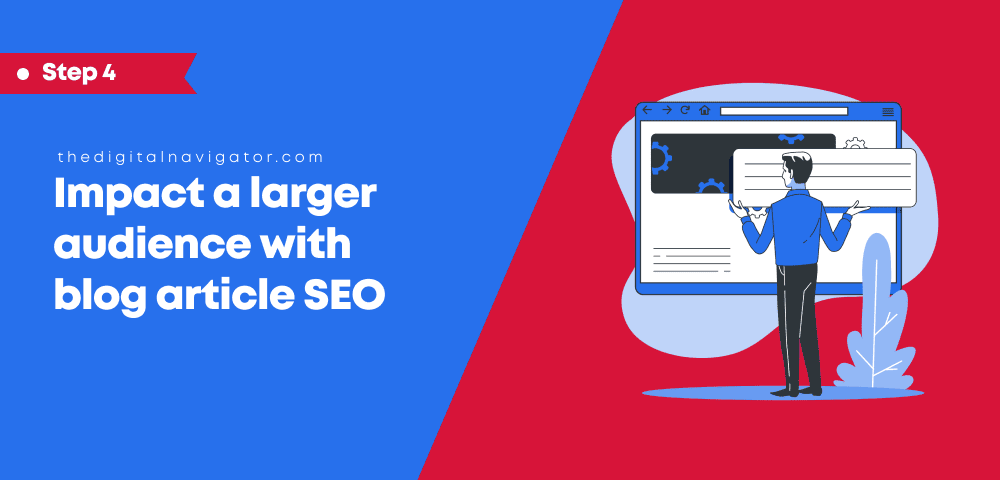

0 Comments